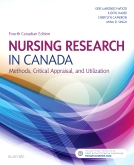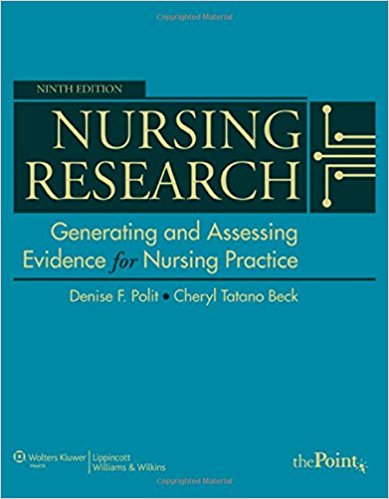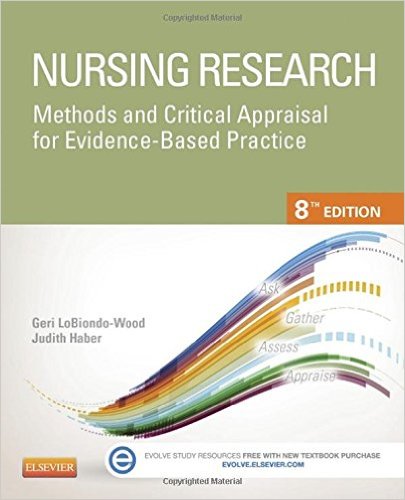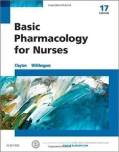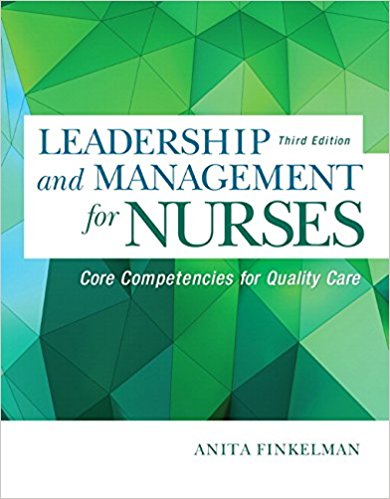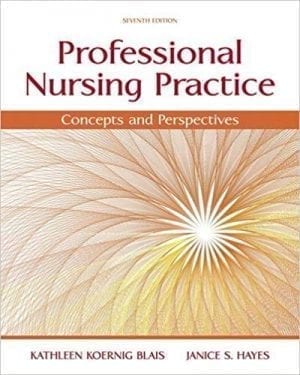Nursing Research in Canada 4th Edition by Geri LoBiondo – Test Bank
Do you need test banks fast? eTestBank.net is the best test bank website for you! Download your test bank right after you pay. No waiting!
Why eTestBank.net is Great:
✅ Instant Download:
Get your test bank right away after payment.
✅ Unlimited Downloads:
Download your test bank anytime and as many times as you want.
✅ 24/7 Live Help:
We are here to help you all day, every day.
✅ Guaranteed Delivery:
If you don’t get the download right away, we will send it to you in 3 to 6 hours.
How to Get Your Test Bank:
- Pick Your Test Bank: Choose from many test banks.
- Pay Safely: Pay securely on eTestBank.net.
- Download Instantly: Get your test bank immediately after payment.
- Download Anytime: Unlimited downloads whenever you need them.
Need Help? Contact Us:
📧 Email: [Support@etestbank.net]
📱 WhatsApp: [https://wa.me/message/MC222DLQ4GDXL1r]
Didn’t Get Your Download?
Don’t worry! If you don’t get the file right away, we’ll send it to you in 3 to 6 hours. Need it sooner? Contact us by email or WhatsApp.
💡 Buy now from eTestBank.net for instant downloads, unlimited access, and 24/7 support—get your test bank today!
Chapter 04: Developing Research Questions, Hypotheses, and Clinical Questions
LoBiondo-Wood: Nursing Research in Canada, 4th Edition
MULTIPLE CHOICE
1. What is the difference between a hypothesis and a research problem?
|
a. |
There is no difference between a research problem and a hypothesis. |
|
b. |
A hypothesis is theory-based, and a research question is practice-based. |
|
c. |
A hypothesis attempts to answer the question posed by the research problem. |
|
d. |
A research problem defines clinical research, and a hypothesis defines bench research. |
ANS: C
|
Feedback |
|
|
A |
Hypotheses test research questions by connecting them to statistical analysis and flow from research questions. |
|
B |
A hypothesis is sometimes theory-based, and sometimes it is not. Research questions are not always practice-based; sometimes they originate in educational theory that connects to nursing education research, and sometimes they originate in basic research rather than in applied research. |
|
C |
A hypothesis attempts to answer the research question. |
|
D |
Research problems are present in all types of research; a hypothesis may be present in basic or applied research. |
DIF: Cognitive Level: Comprehension
MSC: NCLEX Client Care Needs Category: Safe and Effective Care Environment; Health Promotion and Maintenance
2. How is a hypothesis related to a theory?
|
a. |
A hypothesis can determine the validity of a theory. |
|
b. |
A hypothesis can be used to evaluate the merit of a theory. |
|
c. |
A theory can determine the validity of a hypothesis. |
|
d. |
A theory can be used to evaluate the merit of a hypothesis. |
ANS: B
|
Feedback |
|
|
A |
A hypothesis bridges theory to the real world and empirical testing. |
|
B |
The merits of a theory are evaluated through a hypothesis. |
|
C |
A hypothesis tests the validity of a theory’s assumptions. |
|
D |
A theory being used to evaluate the merit of a hypothesis is the reverse of the correct answer. |
DIF: Cognitive Level: Knowledge
MSC: NCLEX Client Care Needs Category: Safe and Effective Care Environment; Health Promotion and Maintenance
3. Which of the following statements represents a potential area of research?
|
a. |
“Most of our admissions occur at night.” |
|
b. |
“It is difficult to find personnel willing to work the night shift.” |
|
c. |
“It seems that most of the patient falls on our unit occur during the night shift.” |
|
d. |
“The night shift personnel are not attending promptly to the needs of our patient.” |
ANS: C
|
Feedback |
|
|
A |
The significance of this statement is doubtful regarding its potential contribution to the scientific body of nursing knowledge. |
|
B |
The significance of this statement is doubtful regarding its potential contribution to the scientific body of nursing knowledge. |
|
C |
A specific patient problem has been identified, and the potential contribution of its study to the scientific body of nursing knowledge is promising. The problem is relevant to patients’ state of health. |
|
D |
The significance of this statement is doubtful regarding its potential contribution to the scientific body of nursing knowledge; it is a subjective observation. |
DIF:Cognitive Level: Application
MSC: NCLEX Client Care Needs Category: Safe and Effective Care Environment; Health Promotion and Maintenance
4. When an idea or a clinical situation has emerged as a potential research problem, what is the next appropriate step?
|
a. |
Identifying the variables |
|
b. |
Formulating a hypothesis |
|
c. |
Performing a literature review |
|
d. |
Validating that the problem really exists |
ANS: C
|
Feedback |
|
|
A |
It is too soon to identify the variables; the variables will be confirmed by a literature review, which will provide a critical analysis of the factors in the potential research question or problem. |
|
B |
The study may not be a hypothesis-testing study; the literature review will provide direction by revealing the gaps in the literature. |
|
C |
A literature review helps identify the relationships among potential variables and further define the research question, points to a gap in the literature, and extends the knowledge base related to potential variables. |
|
D |
The potential of the problem is revealed during a thorough review of the literature. |
DIF: Cognitive Level: Knowledge
MSC: NCLEX Client Care Needs Category: Safe and Effective Care Environment; Health Promotion and Maintenance

